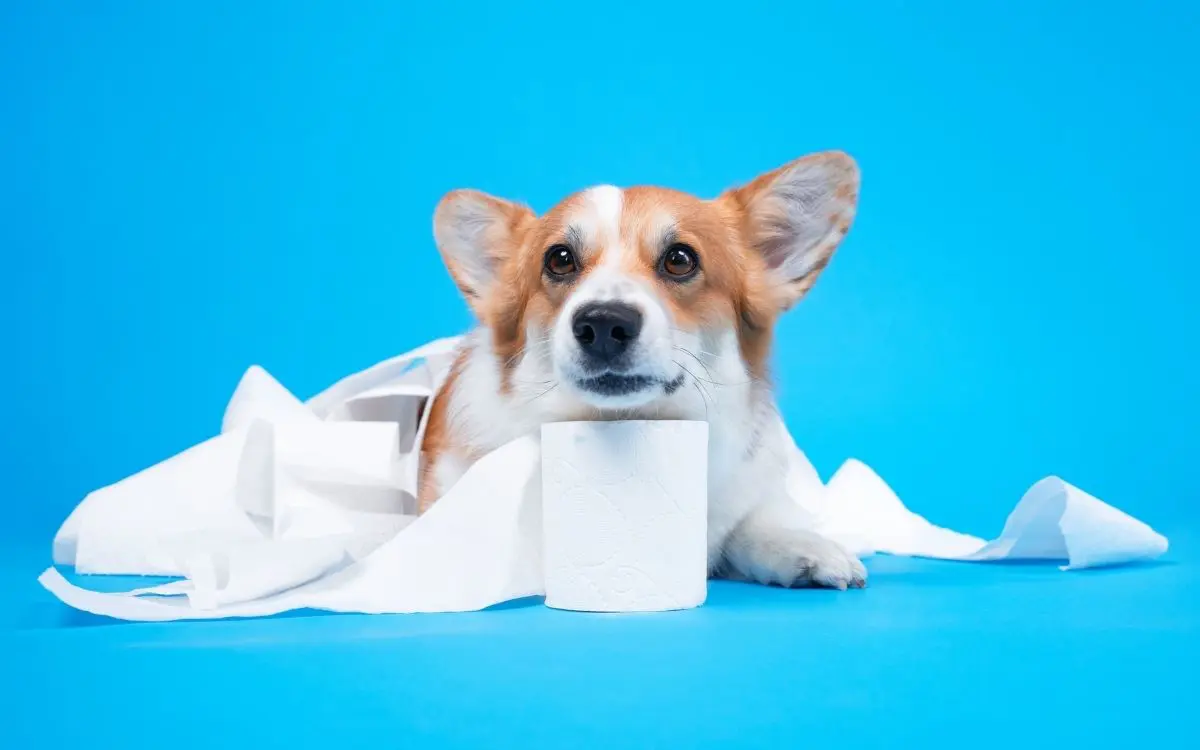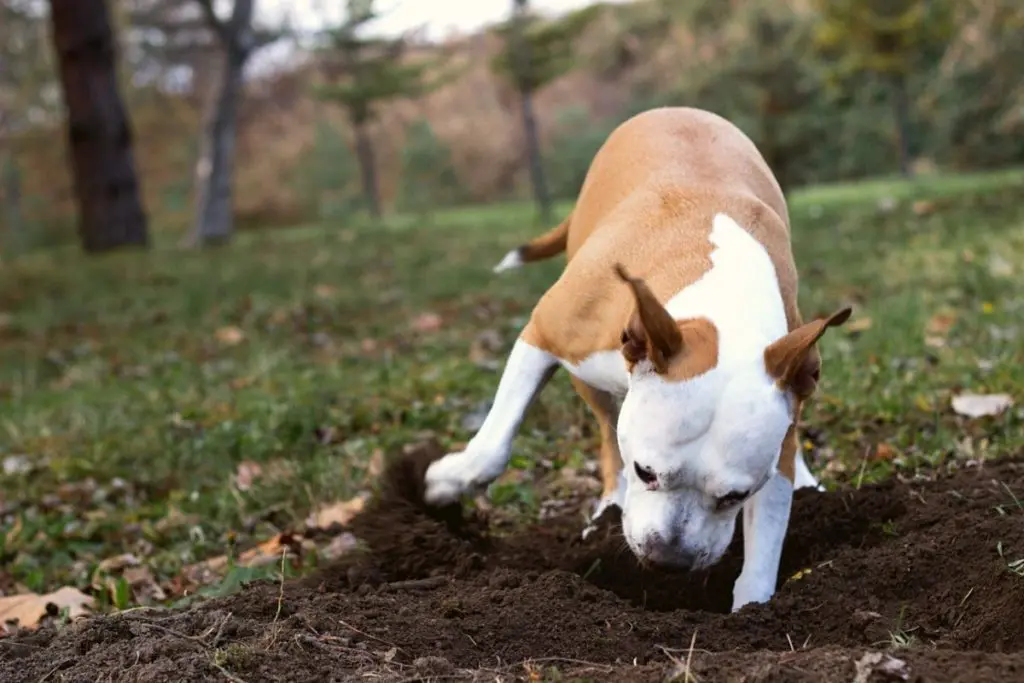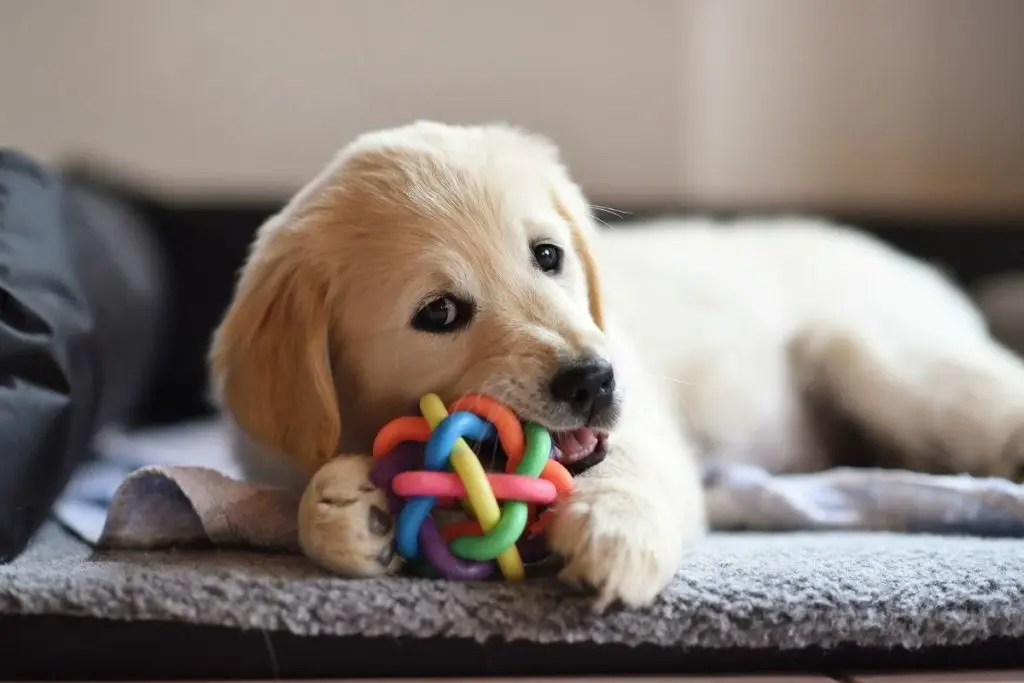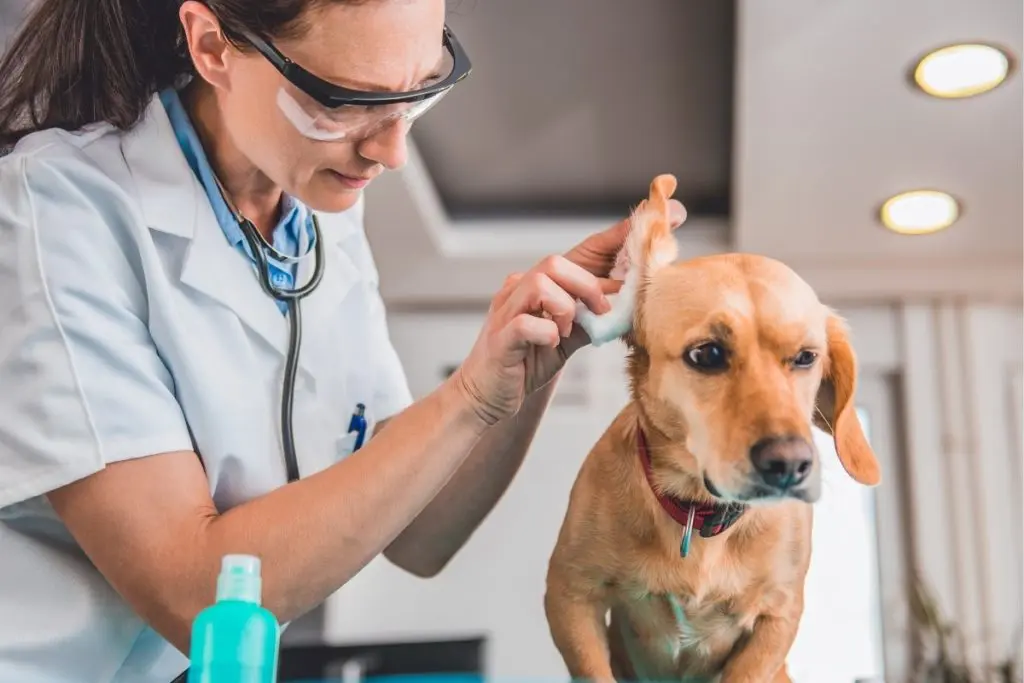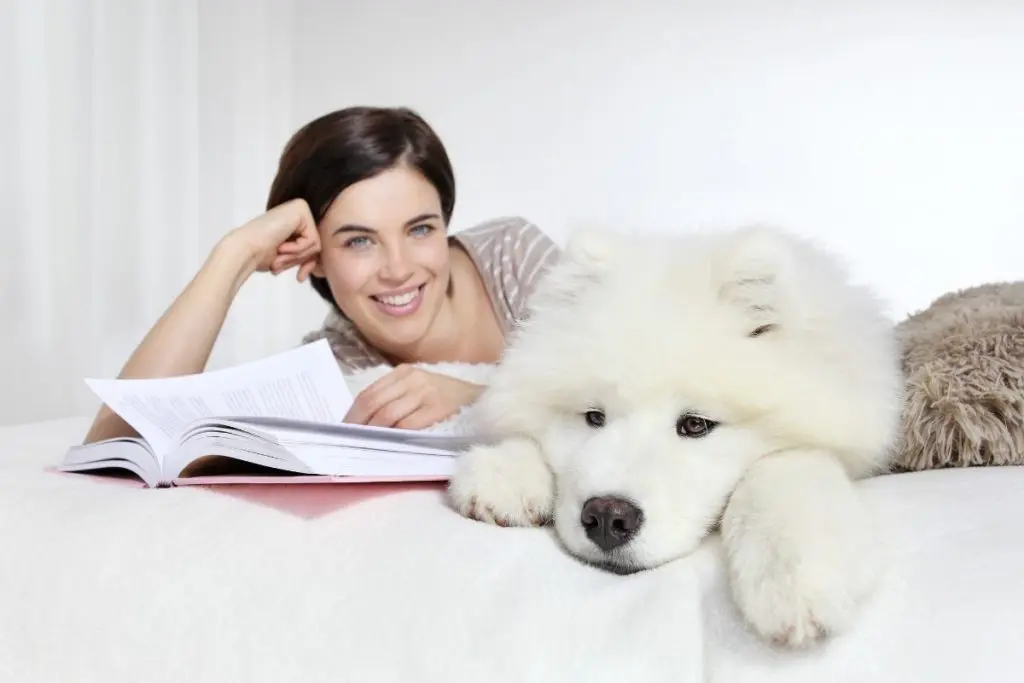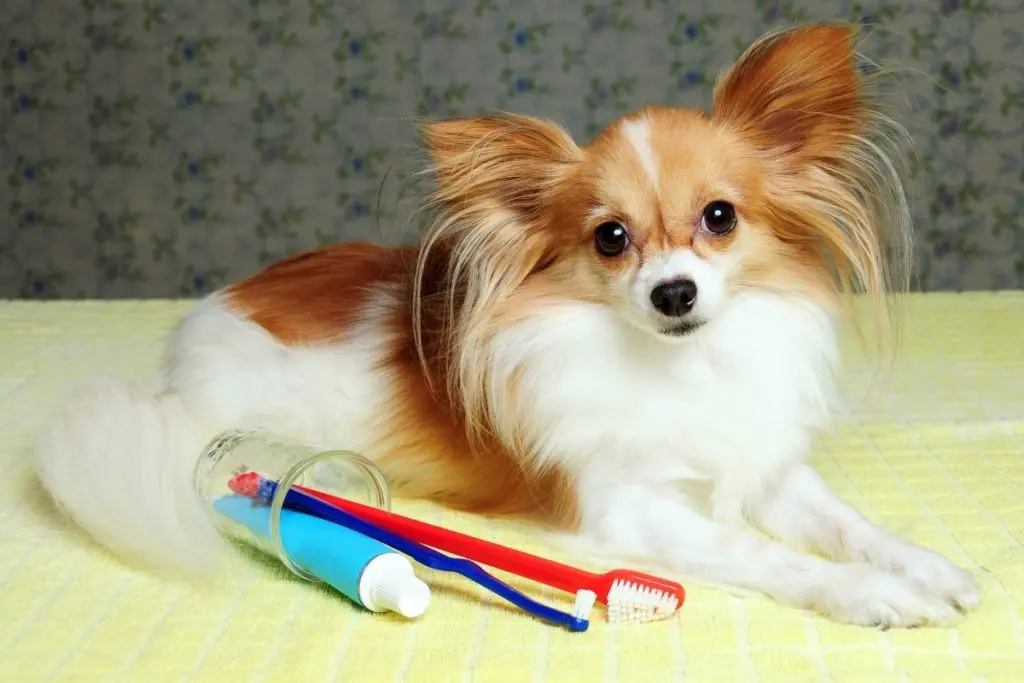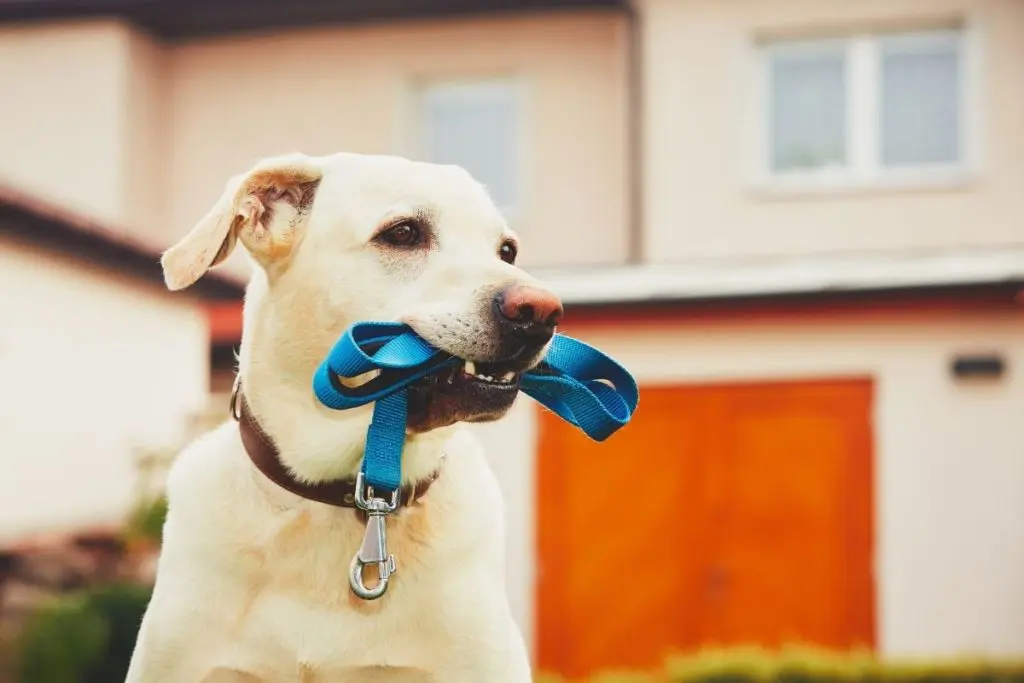From the time you bring your new puppy home until the time you have to say goodbye, one thing is constant — your canine companion has to pee. Some life stages are more potty-centric than others. But, without fail, your dog will need to use the bathroom at least a few times every single day. Both you and your pup want to live in harmony, which means that it is important to know how to stop a dog from peeing in the house.
Before you get a dog, you need to assess how much time you will tolerate picking up after them if they have an accident. Or if you can handle the strict training protocol for housebreaking a puppy. If you are prepared to take on the duties of urine clean-up when necessary, then you are ready to get a dog.
Once you have your doggy pal, how do you stop them from peeing in the house? It depends on the reasons why. We will break it all down so that you don’t end up with the neighborhood’s worst-smelling carpet.
Why is My Dog Peeing in the House?
You walked them every time they needed to go outside. You rewarded and praised your puppy for going potty outside instead of inside. Your senior dog has never had accidents before. There are so many reasons why your pup is having accidents. Thankfully, there is something to be done about every one of them.
Most Common Causes for Inappropriate Elimination in Dogs
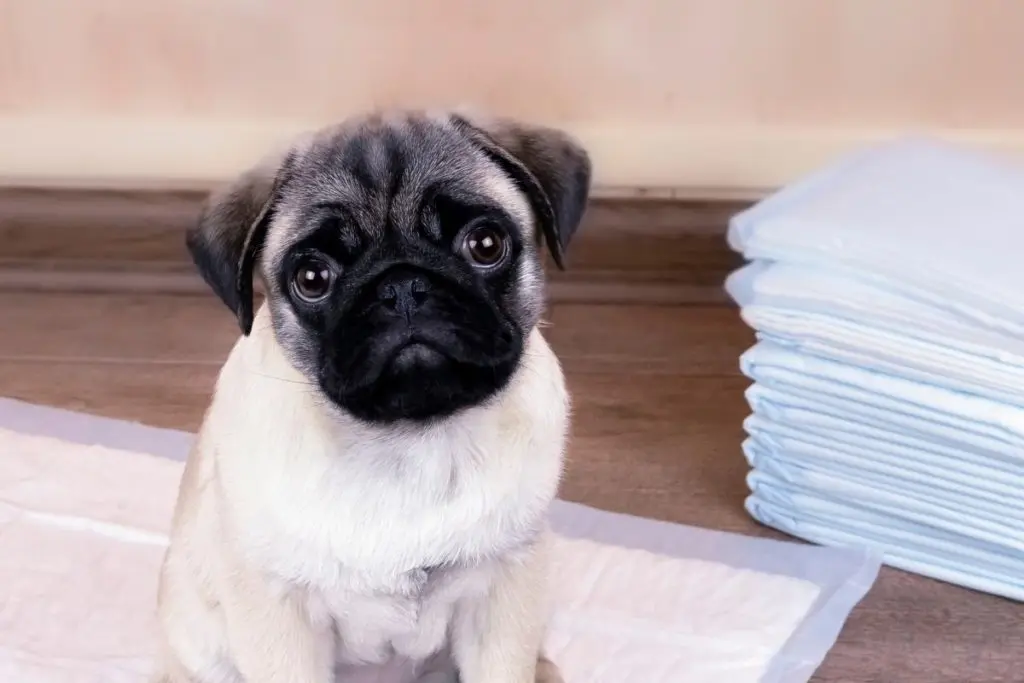
- The most obvious and forgiving: a puppy who is learning to go outside
- Urinary incontinence: not just diagnosed in senior dogs
- Urinary tract infection: a trip to the vet for Bella
- Kidney or bladder stones: expect to pay for x-rays
- Kidney disease or failure: time to make them comfortable
- Behavior issues and trauma: not an easy one to diagnose
- Joint or muscle pain and discomfort: injury, arthritis, etc.
- Keeping your dog intact: AKA not spaying or neutering.
How to Rule Out Behavior Issues vs. Illness
Until you seek help from a veterinarian, there is no definitive way to know the cause of your dog’s newfound inappropriate urination. If you are housebreaking a puppy, seeing a vet should be something you are doing regularly. Mention any troubles you are having with housebreaking at your next appointment. The doctor is likely to assure you that some potty training troubles are ordinary but to watch for other signs, which we will mention soon.
Diagnostics and What They Can Tell Us
Here are different diagnostics you or your vet can perform to rule out behavior issues vs. illness.
1. Blood Work
Blood work can reveal elevated kidney values if present. When elevated kidney levels are present, this can be a sign of a few different urinary-related conditions: bladder stones, kidney stones, and urinary tract infections. Your vet may also look for indications of anemia, which can be a symptom of kidney disease.
Electrolytes highlight sodium and potassium levels and illuminate the pet’s hydration levels.
2. Urinalysis
A urinalysis will reveal any crystals, bacteria, and blood in your dog’s urine. Your pet’s nurses will collect a urine sample in one of three ways:
- Free catch
- Cystocentesis
- Urinary catheter
3. Radiographs
X-rays will only be recommended if your dog’s veterinarian is concerned about a possible presence of bladder stones. A red flag is the appearance of blood in your dog’s urine. If bladder stones are present in the x-rays, surgery is imminent in order to remove them.
4. Physical Examination Findings
If your dog’s lab work is normal with regards to urinary issues, it is time to examine them for other signs. A thorough physical exam will reveal how healthy their joints appear to be, muscle mass, skin and coat quality, and everything else that isn’t entirely pertinent to urinary health.
4a. Muscle Mass and Joints
When your dog gets older, they may suffer from joint discomfort, just like humans. Arthritis is prevalent in many dog breeds, even from an early age. During a physical exam, your vet can assess whether your dog might be suffering so much from joint pain that they cannot get up and outside fast enough to relieve themselves. In this case, the best way to stop a housebroken dog from peeing in the house is to treat their joint pain. We will discuss methods in a little bit.
4b. Incontinence
Dog urinary incontinence can be the reason why your dog has begun peeing in the house again after being housebroken for many years. It is most common among elderly dogs. A veterinarian relies on symptoms and behavioral cues to aid in a urinary incontinence diagnosis. Symptoms include:
- Urinary staining on skin and fur around genitals
- Awful smell coming from your dog
- Accidents occurring all over the house, not just near the door
- Most commonly, accidents occur at night in your dog’s bed
5. If It’s Not Medical, It’s Behavioral
Fortunately, there isn’t always a medical problem causing your dog’s inappropriate urination. Unfortunately, without a tried-and-true diagnosis, it can be challenging to know what will stop dogs from peeing in the house. Behavioral issues can be more challenging to address when it comes to how to stop a dog from peeing in the house.
Hope Isn’t Lost — Here’s How to Stop a Dog From Peeing in the House
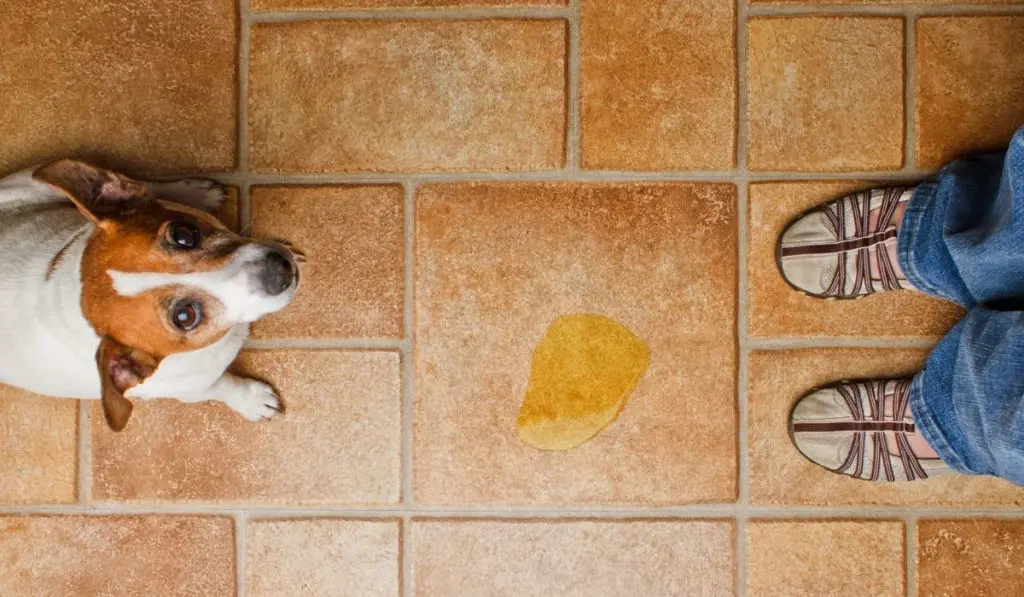
Regardless of the reason why your dog is having accidents, here is an excellent place to start learning how to stop a dog from peeing in the house.
- Designate potty break times and stay as consistent with those times as possible.
- Feed your dog at the same time of day, every day. If you aren’t going to be home, have a friend stop by. Get an automatic feeder if your schedule outside of the house is unpredictable.
- Provide your pup with regular and adequate exercise.
- Give positive reinforcement when they go outside on their puppy pad.
What to Do if Your Dog Has a Urinary Tract Infection or Bladder Infection
As a veterinary professional, this is the most straightforward urinary problem to diagnose and treat most of the time. Typically, once a diagnosis has been made, a simple course of antibiotics will do the trick. Depending on the infection’s severity or longevity, your dog’s vet will prescribe between 7 and 14 days of antibiotics. After 24 hours of being on antibiotics, you should notice fewer accidents if the cause is a UTI.
What to Do if Your Dog Is Incontinent
Some medications can eliminate leakage. Two popular incontinence medications are Proin and Incurin. The drugs will aid with regaining control of their urethral sphincter, which occurs due to a dog’s age and weakening muscles in the urethra. It is a daily pill and can eventually stop working as well as it did at first.
What to Do if Your Dog Is Diagnosed With Kidney Disease or Failure
Kidney disease means that your dog’s kidneys are unable to effectively filter waste products. They still produce urine but are unable to eliminate waste appropriately. With renal disease or failure, your dog will drink and pee more. Make sure you are giving your dog plenty of walks outside so they can relieve themselves.
What to Do if Your Dog Has Arthritis
Arthritis in dogs can cause a multitude of other health problems. A less obvious one is an inability to make it to the bathroom in time. Removing obstacles like stairs and even pain and inflammation can help your aging buddy get outdoors faster. If your dog is a little slow when it comes to getting up to go outside to potty, they will need a little help from you:
- Joint supplements that contain glucosamine
- Pain management in the form of carprofen, gabapentin, grapiprant, or a combination
- Put ramps over any stairs that your dog might have to take to get outdoors
- Provide your dog with a raised dog bed if they are a large breed
What to Do if Your Puppy Is Potty Training
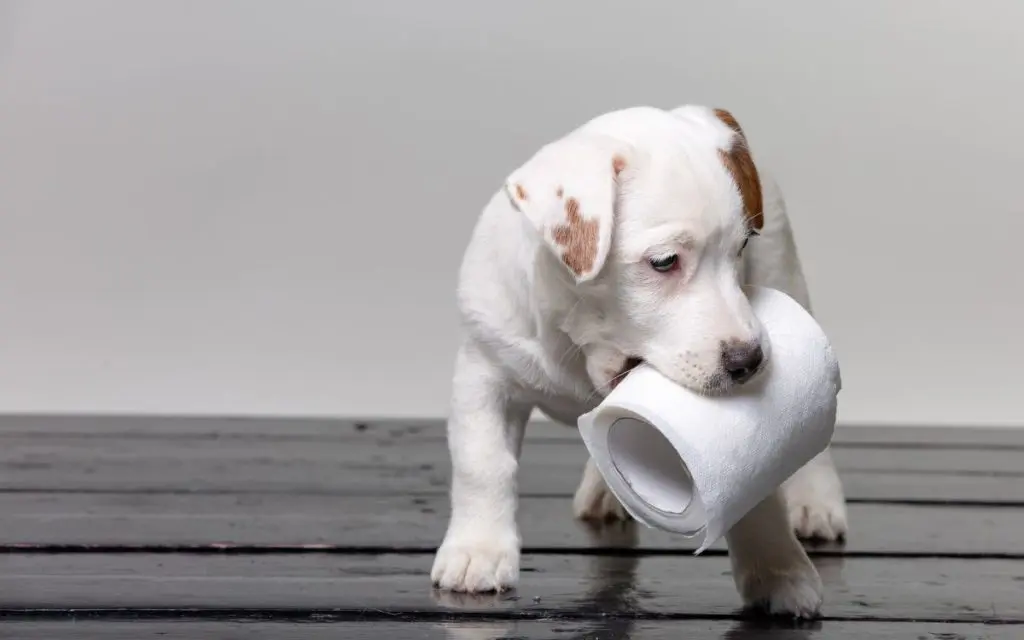
Getting frustrated with teaching your new puppy to go outside? You’re not alone. There are two primary house training methods for puppies (and adult dogs, too): crate training and paper training.
Crate Training
The key to any successful training program is consistency. Too much variation in routine will lead to confusion and accidents. Take the proper steps to ensure that your puppy is victorious:
- Choose the right crate. Your puppy needs enough room to stand, turn around, and lay down.
- Make the crate a positive experience. Give your puppy a treat after they go into their crate. Just don’t give them any toys or anything they can choke on when unsupervised.
- Make your puppy comfortable. They might love a plush dog bed or are happy with the plastic bottom of the crate.
- Encourage your puppy to spend as much time as possible in their crate, both with the door locked and left wide open.
- Incrementally increase the amount of time you keep your puppy in their crate. The younger they are, the shorter their time should be. Increase the time by 30 minutes every week.
- Immediately take your puppy outside when you let them out of their crate every time.
- You might feel like they will be in their crate too much, and you will miss your puppy. Put their crate in the space you spend the most time so that your puppy feels included and knows that the crate is a safe place. Crate training can take several weeks for more stubborn puppies. Keep it up, and remember to be consistent.
Paper Training
- To start, you’ll need newspapers and an old vinyl shower curtain or puppy training pads. Training pads are easier to clean up, but this method can become costly, and it produces a lot of landfill waste. Choose a relatively small room and whose flooring can be cleaned easily, like a bathroom, laundry room, or kitchen.
- When your puppy eliminates on paper or pads, throw them out and replace with clean ones.
- Always praise your puppy for using the designated potty space.
- After a few days have passed, take away some of the paper or pads, leaving part of the floor without a covering. If your dog eliminates on the uncovered part of the floor in your presence, gently correct them. Then place them on the paper or pads and give him praise.
- Never punish! You cannot correct a behavior you didn’t see happen, so if you come upon an accident, clean it up and reset their puppy pads.
- Every few days, you can remove a bit more of the covering until you have just one small section of paper or pads for your puppy to use to relieve themselves.
- If possible, place their potty area near an exterior door, as it will help them begin to associate the door with potty time.
- As your puppy gets older, they will be able to hold it in for a more extended time. Then you can take them out three or four times a day. If walking your dog outside a few times a day is a challenge, you can continue having your dog use an indoor potty pad.
If Your Dog is Having Behavior-Related Accidents
Both crate and paper training are appropriate methods for helping your adult dog reset their undesirable potty behaviors. Potty training an adult dog generally takes more time than training a puppy. Don’t give up, and remember: the crate is not a punishment. It’s your dog’s happy place where they can nap, eat, and hang out while you’re busy. Always keep the energy positive when it comes to using your dog’s crate.
Further Reading
